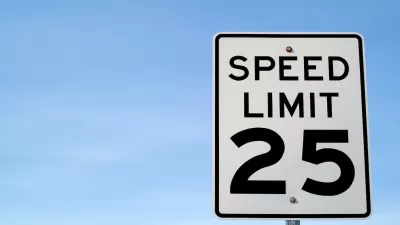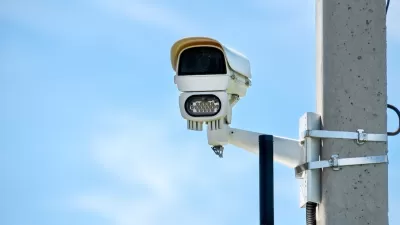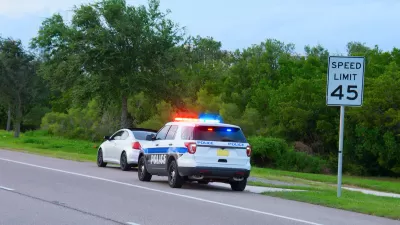Without additional changes to roadway design, lower speed limits only slightly reduce driving speeds.

Lowering posted speed limits has only a small impact on how fast people drive, according to a study from the University of Minnesota,
As Tim Harlow reports in The Minnesota Star Tribune, a drop in speed limits on residential streets in St. Louis Park led to a 1- to 2-mile-per-hour speed reduction across the city.
Studies show there is little change in speed patterns after a lower speed limit is posted. Drivers are much more influenced by changes to the roadway, its environment and conditions, the Minnesota Department of Transportation said.
According to Gary Davis, a professor in the Civil, Environmental and Geo-Engineering Department at the University of Minnesota, “many drivers have had the habit of going 30 mph on city streets for so long before the speed limit changed, and that it can take time and effort to change behavior.”
FULL STORY: Do lower speed limits on city streets actually slow down drivers?

Alabama: Trump Terminates Settlements for Black Communities Harmed By Raw Sewage
Trump deemed the landmark civil rights agreement “illegal DEI and environmental justice policy.”

Planetizen Federal Action Tracker
A weekly monitor of how Trump’s orders and actions are impacting planners and planning in America.

The 120 Year Old Tiny Home Villages That Sheltered San Francisco’s Earthquake Refugees
More than a century ago, San Francisco mobilized to house thousands of residents displaced by the 1906 earthquake. Could their strategy offer a model for the present?

Seattle Voters Approve Social Housing Referendum
Voters approved a corporate tax to fund the city’s housing authority despite an opposition campaign funded by Amazon and Microsoft.

The Five Most-Changed American Cities
A ranking of population change, home values, and jobs highlights the nation’s most dynamic and most stagnant regions.

USDOT Repeals Emissions Monitoring Rule
A Biden-era regulation required states to report and plan to reduce transportation-related emissions.
Urban Design for Planners 1: Software Tools
This six-course series explores essential urban design concepts using open source software and equips planners with the tools they need to participate fully in the urban design process.
Planning for Universal Design
Learn the tools for implementing Universal Design in planning regulations.
Clanton & Associates, Inc.
Jessamine County Fiscal Court
Institute for Housing and Urban Development Studies (IHS)
City of Grandview
Harvard GSD Executive Education
Toledo-Lucas County Plan Commissions
Salt Lake City
NYU Wagner Graduate School of Public Service





























